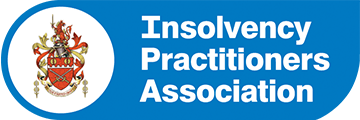How do you apply for the Marriage Tax Allowance?
You can apply online for the Marriage Tax Allowance at gov.uk/apply-marriage-allowance. The application must be made in the non-taxpayers name and you will need:
- Both partners’ National Insurance numbers
- Proof of your identity such as:
- the last 4 digits of the account that your child benefit, tax credits or pension is paid into
- your passport number and expiry date
- details from your P60
- details from any of your 3 most recent payslips
- the last 4 digits of an account that pays you interest
How is the Marriage Tax Allowance paid?
If you are claiming Marriage Tax Allowance for the current tax year this will be provided by an adjustment to both partner’s tax codes. Any allowance owing from previous years will be paid via a cheque.
What if I have less than £1,260 unused personal allowance?
As long as you still have some unused personal allowance, the Marriage Tax Allowance will allow you to transfer £1,260 to your partner. However you can only transfer exactly that amount. Therefore if the non-taxpayer earns £10,900 per year, but transfers £1,260 of their personal allowance to their partner that will reduce their personal allowance to £9,730 and they will have to pay standard rate (20%) tax on the amount that they earn over their tax free allowance. However the standard tax rate paying partner will still save on their tax bill, leaving a net gain for the couple.
If you believe that you are eligible we strongly recommend that you apply for the Marriage Tax Allowance directly with the government.
If you are struggling with your debts, talk to the friendly experts at Scotland Debt Solutions. We have been helping people in Scotland cope with their problem debt since 1989.
We can talk you through your options such as Debt Arrangement Schemes, Trust Deeds and Sequestration and work with you to get you on the path to a brighter future. Contact us on 0800 063 9250 for immediate help and advice.






